Hamsters can develop eye infections and other eye problems that may cause pain and stress and require veterinary attention. Here are some common hamster eye problems, what they look like, how they happen, and how to treat them so your hamster is comfortable and fully sighted.
Hamster Health and Diseases
Types of Hamster Eye Problems and Their Signs
A few of the most common types of conditions or problems hamsters can develop with their eyes are outlined below. Of course, if you spot any problematic signs that an eye is injured or uncomfortable, it is always best to seek advice from a veterinarian as soon as possible.
Eye Infections
Hamster eye infections often make the eyes appear red and irritated, a sign that's called conjunctivitis or pink eye. The eye may appear swollen and the hamster may squint. You may also see an ocular discharge or crusting around the eye.
Hamsters may get eye infections due to trauma from the cage or another hamster, dental issues, and dirty environments.
Ulcers
A corneal ulcer occurs when the surface of the eye gets scratched or irritated. The eye may look cloudy and your hamster may hold it shut or rub it regularly. It's a painful and often progressive problem that should not wait long to be addressed. An eye infection may also be present.
Common causes include bedding rubbing on the eye and injuries from the cage and other hamsters are the most common causes of ulcers in hamsters.
Proptosis
This is an emergency that occurs when the eye comes out of the eye socket. The eye will bulge and appear red. Proptosis usually happens when a hamster is squeezed too hard. It may also occur due to rough handling, getting accidentally stepped on, or a dog or cat attack.
How Vets Diagnose Hamster Eye Problems
A veterinarian will examine your hamster to diagnose an eye problem. They may use special eye drops, stains, lenses, and lights to determine which kind of eye problem is present. Of course, some problems, like proptosis, may be obvious.
Occasionally, a swab of any debris that is present around the eye will be examined for bacteria under a microscope. If bacteria is present and your veterinarian needs to know what kind it is, a culture may be performed.
Hamster Cheek Pouches
How to Treat Hamster Eye Problems
If your hamster is diagnosed with an eye infection or ulcer, your veterinarian will most likely prescribe medicated eye drops or an ointment. These topical medications are usually applied to the eye once or twice a day for one to two weeks. Oral medications, such as antibiotics and pain medications, may also be needed depending on the type of eye problem.
Cleaning Eyes
If your hamster's eye needs to be cleaned before applying medications, you can use a warm, wet cloth to gently wipe away debris. Saline eye drops or artificial tears can be used to rinse and lubricate the eye as well. Once the eye is clean and open, you can give medications as recommended by your vet.
Surgery
Proptosis may involve the surgical removal of the eye but this will depend on the level of trauma and how far the eye is protruding from the socket. Sometimes the eye can be gently pushed back into place by your veterinarian. The surgical procedure to remove the eye is called an enucleation and, encouragingly, hamsters can continue to have a good quality of life with just one eye.
How to Prevent Eye Problems in Hamsters
While not all eye problems are preventable, there are some simple care considerations that can help to minimize the risk, especially when it comes to cage hygiene and handling.
Cage and Environment Cleanliness
Cages should be kept clean and free of dust and extra care. Some types and brands of bedding are dustier than others and the extra dusty ones can send tiny particles into the air that irritate your hamster's eyes. Rooms that are dusty from home remodeling projects or other reasons can also cause issues. Because of this, a clean environment is ideal not only for protecting your hamster's little eyes but its overall health, too.
Correct Handling
Handling is an important part of taming a hamster, but it should be done carefully. Children who hold hamsters too tightly may cause proptosis. To avoid this, supervised, gentle handling should be enforced at all times. Restraining a hamster too tightly or even innocently hugging a hamster a little too much can cause serious damage not only to its eyes but to other parts of its body as well.
Management Around Other Pets
Aggressive hamsters can cause trauma to the eyes of other hamsters. Hamsters generally are better kept as individual pets. If fights between pairs or groups of hamsters are regular, or you suspect a hamster is being bullied, permanent separation may be the safest and fairest option.
Dogs and cats should also never be left alone with a hamster to avoid serious injuries and even death.
Dental Care
Finally, monitor your hamster's teeth as overgrown or irregular teeth cause problems. Provide a good diet and adequate and appropriate items to chew on (not the bars on the cage). Take an occasional peek at those chompers to help prevent issues not only in the eyes but elsewhere.
How to Care for Your Pet Hamster
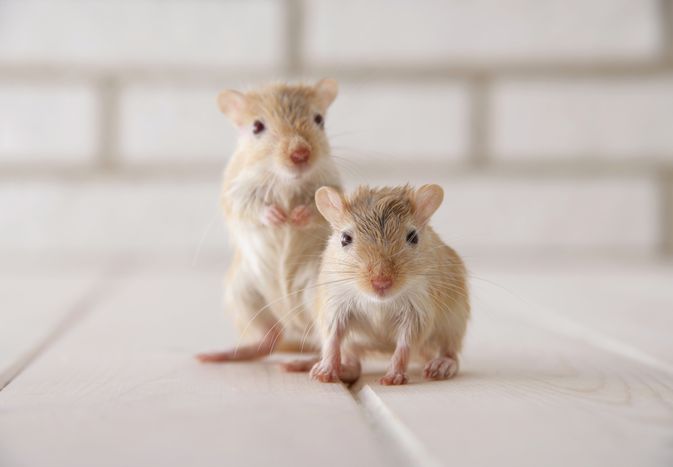
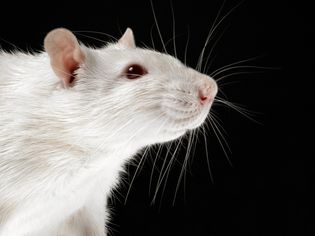
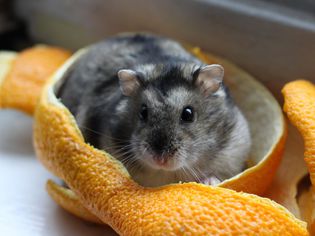
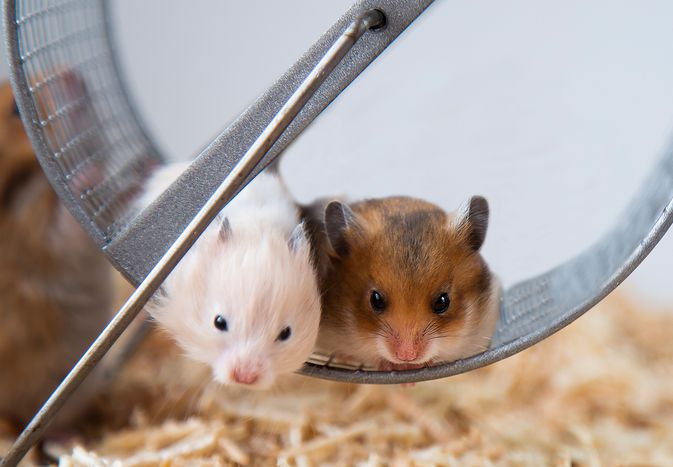
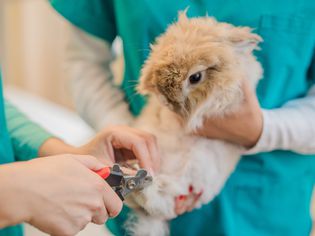




Comments on "Hamster Eye Problems" :